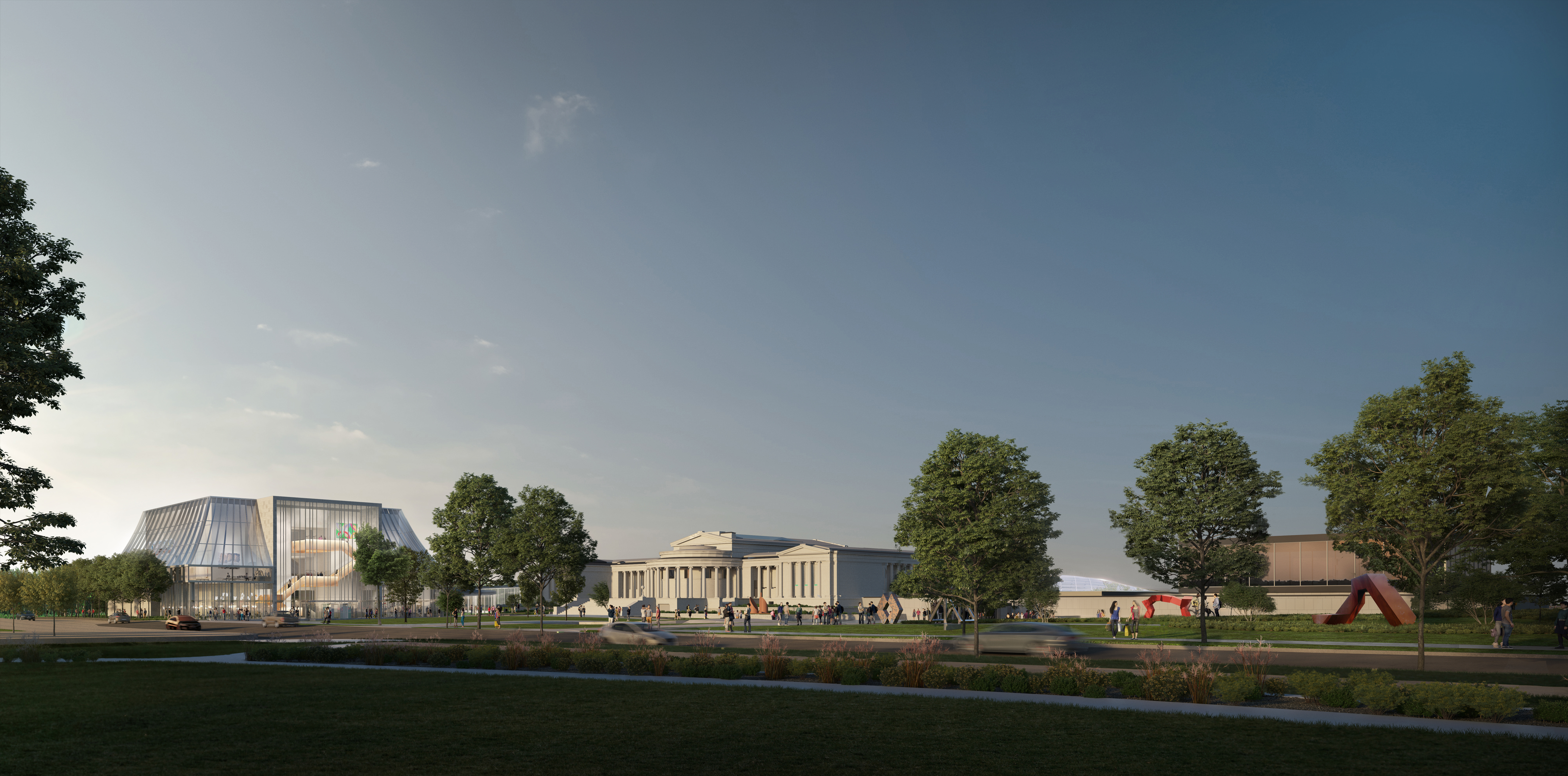David Adjaye-designed SPYSCAPE Opens in New York

Photo © Scott Frances

Photo © Scott Frances

Photo © Scott Frances

Photo © Scott Frances

Photo © Scott Frances

Photo © Scott Frances

Photo © Scott Frances

Photo © Scott Frances








Architects & Firms
If you’ve ever dreamed of being James Bond for a day, SPYSCAPE is your chance. The new spy museum in Manhattan opens today, drawing visitors into a dark universe of espionage. While the museum focuses more on real-life characters—British code breaker Alan Turing, American spy Virginia Hall, jailed FBI agent-turned-Russian-informant Robert Hanssen, and NSA leaker Edward Snowden, to name a few—than fictional secret operatives, the highly interactive exhibits invite guests to see just how good of a spy they would be through a profile algorithm developed with the help of a former head of training for British Intelligence. The whopping $39 admission gives visitors the chance to test their IQ, try out facial recognition software, and dodge lasers (a particularly fun exercise).
Designed by London and New York-based Adjaye Associates, the 60,000-square-foot space is located mainly within the second floor of a 38-story SOM-designed midtown office tower that was originally meant for Al Jazeera before the media network terminated its lease and shut down its American operation. The double-height space—ideal for a broadcast studio—now serves as an immersive, multi-media spy playground. “SPYSCAPE was an exciting opportunity to explore the interplay between architecture and multimedia and interactive technology, which is now integral to successful exhibition design in the 21stcentury,” says David Adjaye. His team took advantage of the tall, almost completely black space—an Adjaye signature—by inserting a mezzanine dubbed the “Situation Room” for private events. Above the flexible retail and temporary exhibition area, a light canopy composed of 3,700 LED fixtures is variously programmed to be entirely lit or have giant words or images scroll across it. (A 350-square–foot lift, one of the largest in the world, briefs visitors and brings them up to the exhibition level from the ground floor entry and book store.) A distinctive dot and pixel frit pattern shades the expansive windows, what Adjaye likes to call “urban camouflage.” According to the architect, “the design concept flips the relationship of the building to the city, with interior elements that evoke the experience of urban encounter and discovery. The exhibition pavilions are each unique, with exteriors that operate very much like building facades that then reveal immersive interiors.” As you make your way through the galleries, dark fiber cement walls mark your path. A timber pavilion for talks and presentations is the one light touch.
The end of the visit brings you back around to the café, where guests can lounge on nylon chairs Adjaye designed for Knoll and, if these spies can pull it off, eventually enjoy a martini—shaken not stirred, of course.




